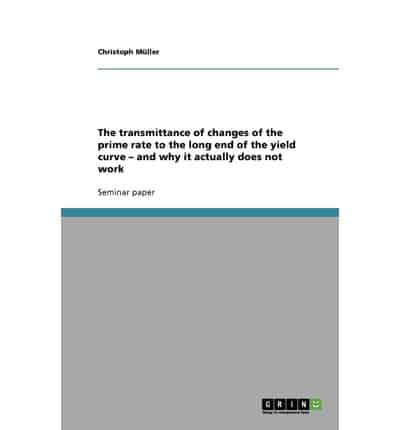Publisher's Synopsis
Seminar paper from the year 2007 in the subject Business economics - Banking, Stock Exchanges, Insurance, Accounting, grade: 1,0, Baden-Wuerttemberg Cooperative State University (DHBW), 22 entries in the bibliography, language: English, abstract: In February 2005, Fed's Chairman Alan Greenspan wondered why the long end of the yield curve did not show any reaction to the hiking prime rate. Normally, a hiking prime rate gets through the complex transmittance-mechanism to the long end of a yield curve. But in this cycle since June 2004, nothing changed at the long end. An explanation via the classic interest theories does not come to a satisfiying result, so the situation must be explained by the actual circumstances. The main reason is a very high liquidity which has its origin in the last economic cycle. The excessive investments in 1999 and 2000 still keep the enterprises busy. They do not invest in fixed assets, which would mean a higher capital demand, but on the capital market; and they pay back their debts, which also leads to a falling yield. The liquidity supply from east asia causes a high demand for US-$ - bonds as well. China for example holds more than one trillion US-$ as monetary reserve to keep their exchange rate low. A combination of many more, different facts, which deserve closer attention, lead to the answer to Greenspan's conundrum.












